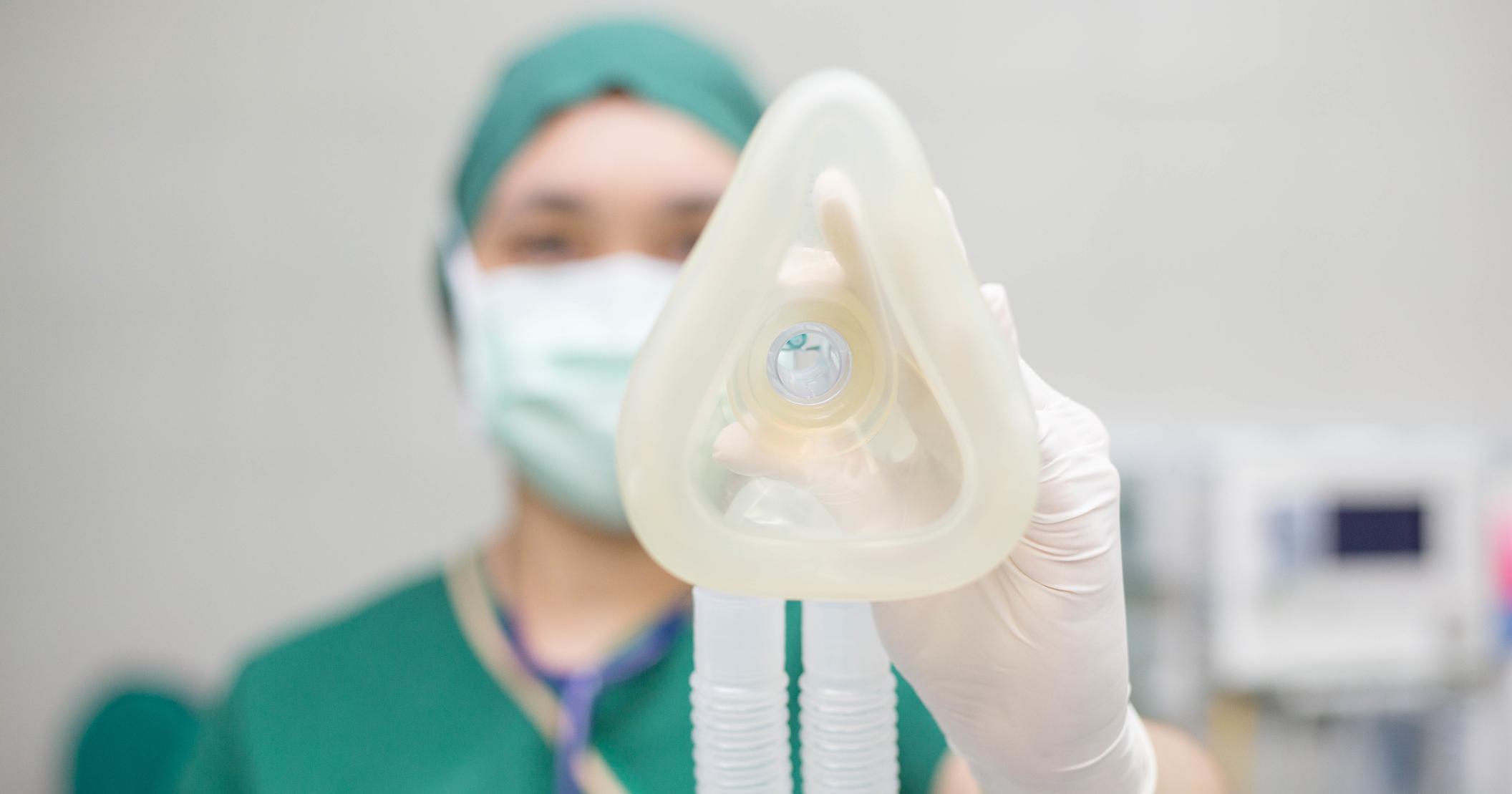Symptom Treatments For Cat Eye Syndrome
Cat eye syndrome is a very rare genetic medical condition caused by the presence of an extra fragment on chromosome 22. Also referred to as Schmid-Fraccaro syndrome, this condition can cause problems with the heart, eyes, ears, and kidneys. One of the most common symptoms of cat eye syndrome is having a hole in the iris (the colored part of the eye), leading to what some individuals call a cat's eye. Patients with the syndrome also experience a cleft lip or cleft palate, crossed eyes, widely spaced or downward-slanting eyes, and small holes in the ears. Other symptoms include congenital heart defects, scoliosis, jaundice, liver issues, and urinary tract infections. Some patients may have developmental delays or mild learning difficulties. Cat eye syndrome can be diagnosed with blood and bone marrow testing, and doctors also do a clinical examination, which includes vision and hearing tests as well as cardiac screenings such as an electrocardiogram and an echocardiogram. Children may need additional testing with eye and ear specialists. Some of the symptoms of the condition may be visible on an ultrasound taken while the child is in the womb. While there is no cure for cat eye syndrome, patients can manage their condition with the methods described below.
Physical Therapy

Physical therapy involves the use of special stretches and exercises to strengthen muscles and joints and improve mobility. For patients with cat eye syndrome, physical therapy can be especially useful if they are displaying signs of scoliosis or having difficulty with walking and other motor skills. Typically, therapy for these patients needs to begin as early as possible. Physical therapists can help patients improve the gait and balance by learning how to use stairs safely. They can show patients and their family members exercises that will improve flexibility, and they will provide advice about how often these exercises should be completed. As the child grows, their therapy can be modified and adapted to changing needs. In addition to exercises, physical therapists can recommend orthotic devices that can make walking and other tasks easier for children. For example, shoe inserts can make it easier for children to balance in their shoes and can improve gait. It may be helpful for children to engage in active play or sports at home to reinforce the skills learned in physical therapy.
Reveal the next piece of symptom treatment for cat eye syndrome now.
Occupational Therapy

This form of therapy helps patients with developmental delays and speech difficulties and can improve quality of life. Therapists assist patients in developing motor, cognitive, communication, and play skills, and they are also instrumental in helping children with sensory processing issues. Occupational therapy can help children perform better in school, reach developmental milestones, make friends more easily, develop greater independence, and reach their full potential. For example, occupational therapists can help children develop the fine motor skills necessary to dress themselves through the use of exercises designed to encourage finger grasping and use of the index finger. Generally, occupational therapy for patients with cat eye syndrome needs to start as soon as possible; intervention in the first three years of a child's life can be particularly effective.
Learn more about treating the symptoms of cat eye syndrome now.
Corrective Surgery

Corrective surgery can improve a patient's confidence and help them have a better quality of life. The surgery is particularly helpful for patients who have a cleft lip, cleft palate, strabismus, pits in the ears, ear shape anomalies, and downward-slanting eyes. A pediatrician can refer patients to plastic surgeons and eye and ear surgeons who specialize in these operations. Sometimes, multiple operations may be needed to achieve optimal results. After a referral is made, the surgeon will examine the patient. The child's growth will be considered, and the surgeon will decide at what age the child should have surgery. Depending upon the type of procedure, it is generally best to have the surgery as early as possible. This particularly true with surgeries for cleft lip and strabismus. Most corrective surgery procedures need to be carried out under general anesthesia. Patients may need to wear an eye patch or other bandages for a couple of weeks following the operations. Some procedures may be performed at outpatient surgery centers.
Keep reading for more ways of treating the symptoms of cat eye syndrome now.
Growth Hormone Therapy

Some patients with cat eye syndrome may be shorter than average height, and growth hormone therapy can be used to help these patients increase their stature. A doctor must prescribe this therapy, and it is often given in the form of injections or tablets. Several medications are available, and medication changes may be needed depending on how a child responds to treatment. Many patients receive growth hormone therapy for years during childhood. Depending on the specific drug regimen, side effects include high cholesterol, joint pain, swelling, skin tingling and numbness, and carpal tunnel syndrome. Patients receiving this therapy should be closely monitored by their healthcare team at regular follow-up appointments.
Get the details on another method of treating the symptoms of cat eye syndrome now.
Special Education

Special education is a school program designed for children with developmental and cognitive delays. All public schools have a special education program, and many private schools do as well. Students in these programs receive individualized tutoring and educational support not generally available in other school programs. Class sizes are small so each child can be properly assisted, and all teachers have received specialized training in caring for students with additional support needs. While some cat eye syndrome patients can participate in mainstream programs, specialized education settings help those patients with additional needs to achieve their potential and provide a higher level of individualized care. Students can participate in these programs from elementary school and continue them through high school. Parents considering these educational services for their children should visit several schools to ask about program offerings before deciding which program is best for their child. School guidance counselors and other officials can provide parental support when making this decision.
